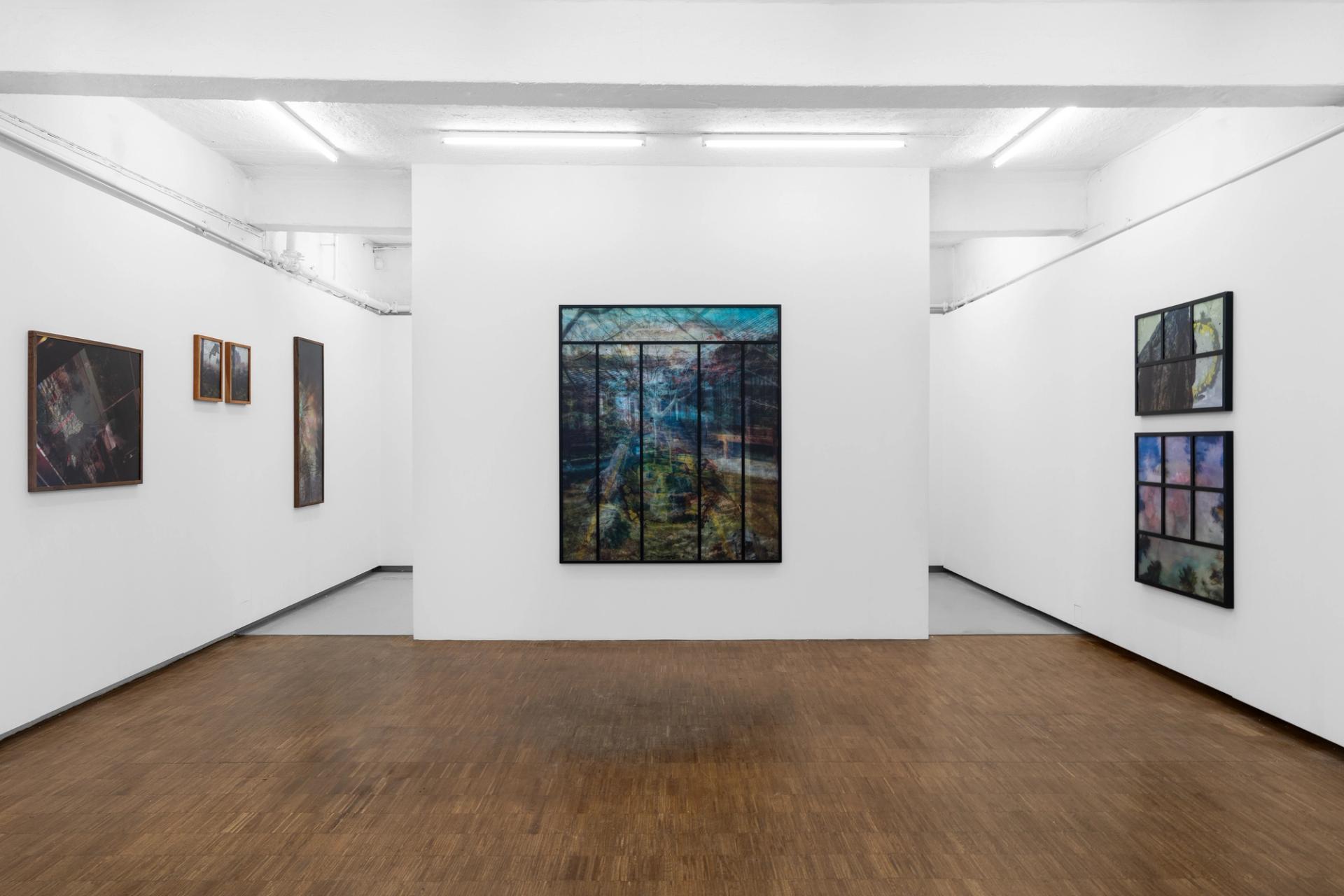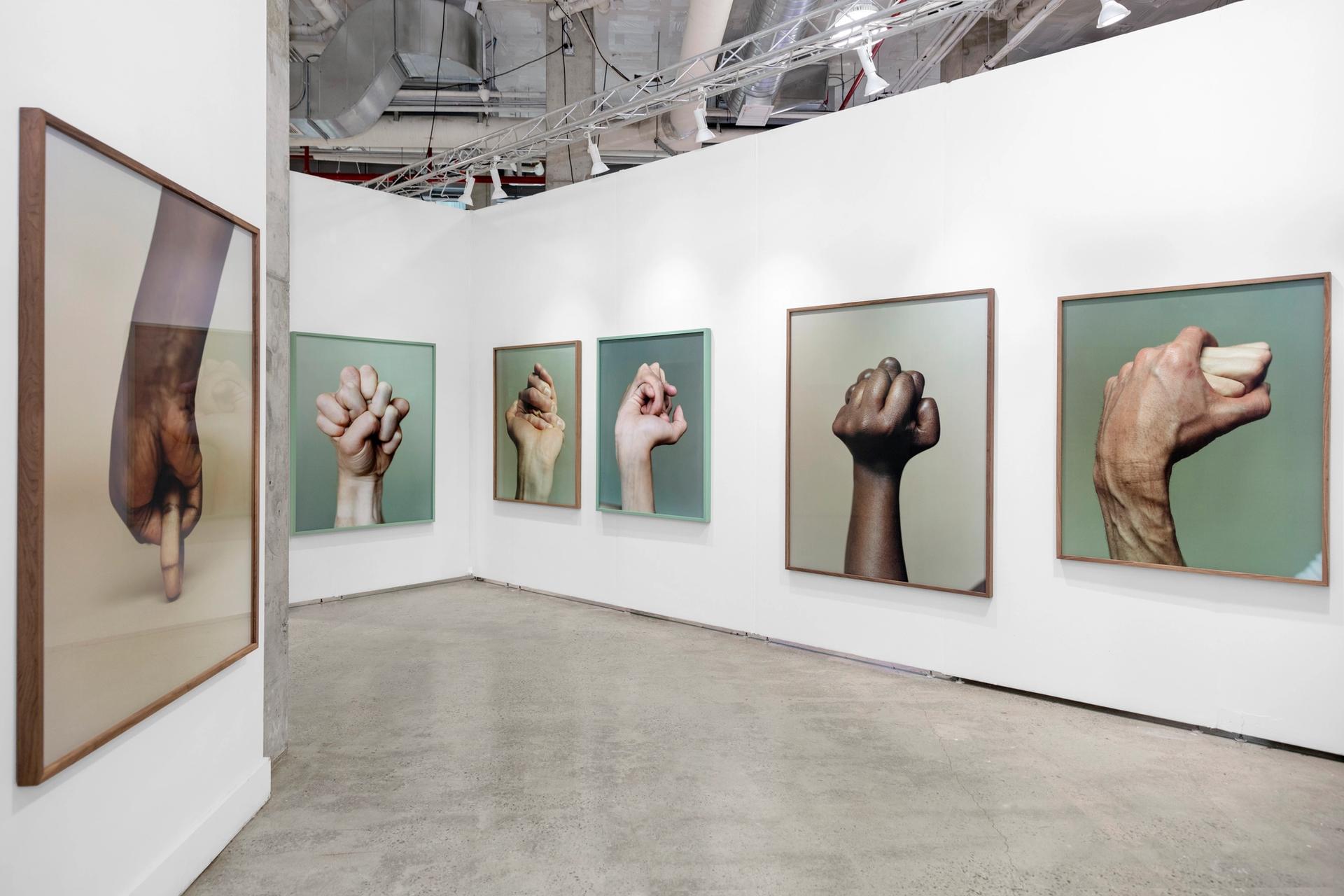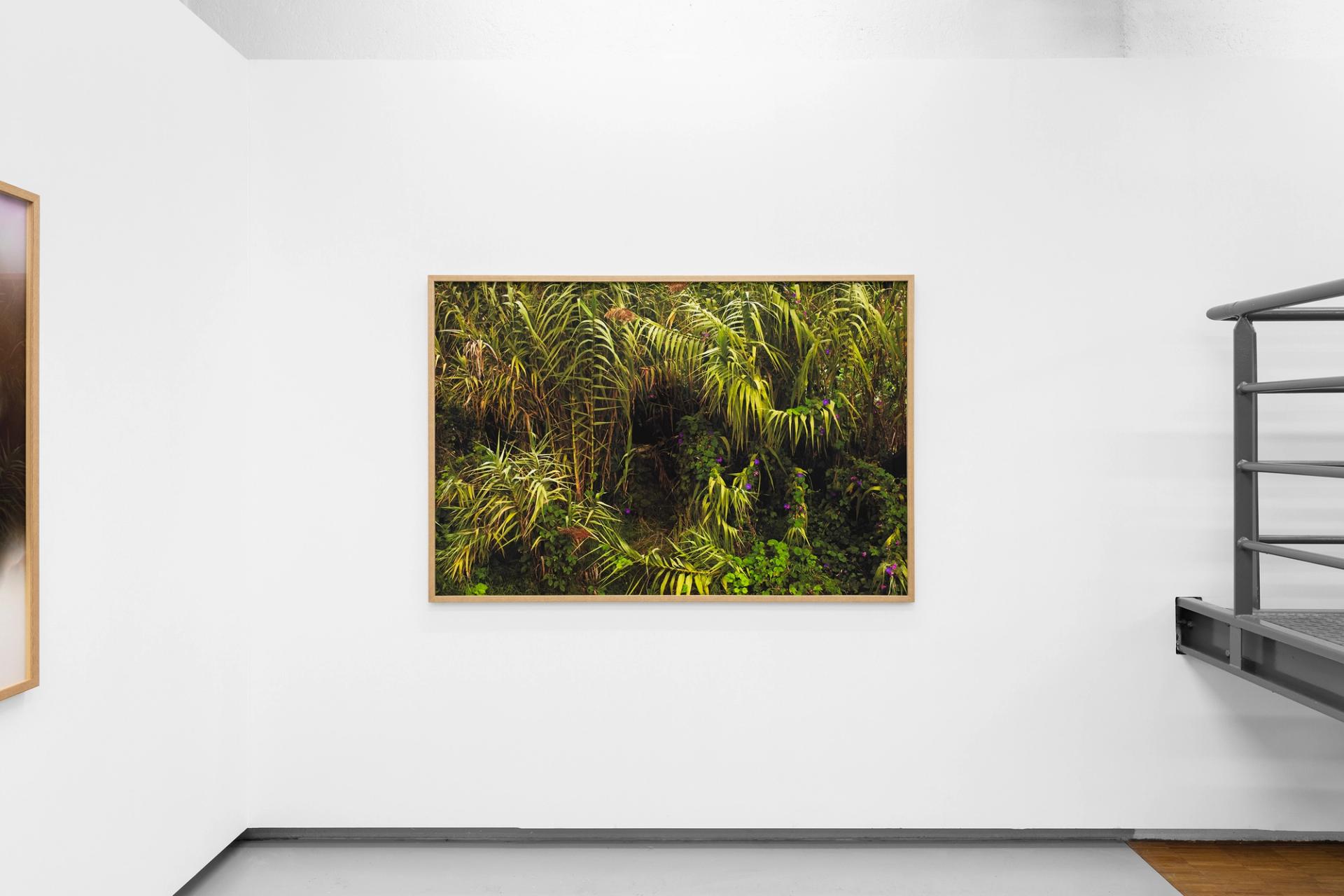
Lesia Vasylchenko (b. 1990 in Kyiv, Ukraine, based in Oslo, Norway) is an artist working across various media including video, photography, and installation. She holds a degree
in Journalism from the Taras Shevchenko National University
of Kyiv, and Fine Arts from Oslo National Academy of the Arts. Vasylchenko has recently been shown at the Kunsthall Oslo; MUNCH Museum; Henie Onstad Art Center; Oslo Kunstforening; Nitja Centre for Contemporary Art. Her work is part of the collection of Museum of Contemporary Art KIASMA / Finnish National Gallery in Helsinki, Finland.
Dev Dhunsi (b. 1996, Trondheim, Norway, based in Oslo, Norway) holds a BFA from Oslo National Academy of The Arts and an MFA from The Royal Institute of Art in Stockholm.
He has recently explored the distribution and attitudes
towards photography and textile production creating a symbiotic relationship between the two mediums, while simultaneously looking at the world through a lens of queer theories and diasporic gaze. Recent exhibitions include: Fotogalleriet (Oslo; NO), Mint abf (Stockholm; SE), MELK (Oslo; NO), Kunstnernes Hus (Oslo; NO), National Sports Museum in Stockholm (SE; Stockholm).
For CHART 2024 MELK is excited to present new work from Lesia Vasylchenko (UA) and Dev Dhunsi (NO).
In the former Soviet Union, monumental bas-reliefs made
by artists and craftspeople were often used for decorating modernist buildings, factories and cultural centers, schools
and libraries. These socialist realist motives had an educational function, promoting moral and ethical values, advertising progress and propagating the idea of a bright future. But
this future never came. New generation of people born in independent Ukraine are experiencing nostalgia for the future that never came and has to rethink how to live together in a world occupied by uncertainty and feeling of an “unknown tomorrow”.
Lesia Vasylchenko tries to reconstruct understandings of presentness, discover shadow histories which were hidden in the past, and what do we want the notion of ‘future’ to mean and to become.
In the Hindu scripture Shatapatha Brahmana, written between the 6th and 8th centuries BCE, one encounters scientific knowledge of geometry, observational astronomy, and many tales, where time is told in a cyclical, nonlinear way. The book recounts how the sweat dripping down the god Shiva’s head is the water of the Ganges River, where the ashes of generations of deceased people travel along the currents like a miniature collection of the past.
Dev Dhunsi departs from a lens-based practice to explore remains of untold ancient tales, including gay love.
The two male water gods, Varuna and Mitra, represent the two stages of the moon: waxing and waning. Mitra controls the ocean depths while Varuna rules over the ocean’s upper regions and the tides. The two gods meet on new moon nights, and Mitra is described as “implanting his seed” in Varuna in order to secure the moon’s waning.





↓ Previous Shows



